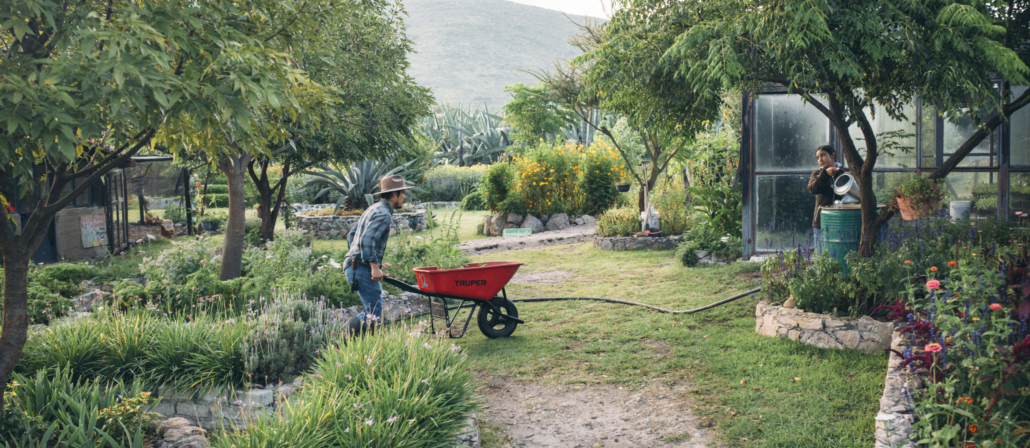El maíz es la especie vegetal central en la alimentación, sociedad, cultura y economía de México, y no podía ser de otra forma, pues en este territorio mesoamericano se originó y se cultiva allí desde hace más de seis mil años.
Todo comenzó en el Valle de Tehuacán, y es de otra parte, el reservorio de 64 variedades de ese alimento, 59 de las cuales son nativas.
Ni que decir de la importancia del maíz en la cultura Maya, pues podemos afirmar, sin temor a equivocarnos, que el maíz era la base fundamental de la sociedad, ya que existe una relación indisoluble del mismo con los grupos humanos que habitaron el territorio desde tiempos prehistóricos y dichas culturas basaron su desarrollo en el cultivo de este cereal; además, esta relación ha permanecido hasta el presente en las poblaciones rurales e indígenas de todo México.
El consumo del maíz inició con un sencillo proceso de calentamiento hasta que la semilla explotara en la forma que hoy conocemos como “palomita de maíz” y más tarde, es casi seguro que también se moliera para producir harina, pero sin duda, el proceso de nixtamalización para la elaboración de la masa para tortillas y tamales es uno de los grandes logros de las culturas mesoamericanas, al favorecer la biodisposición del calcio, aminoácidos y niacina.
Para la época anterior a la conquista española ya los habitantes de Mesoamérica efectuaban un aprovechamiento integral del maíz. Tanto los granos, las hojas, los tallos, como las espigas del maíz, se utilizan con diferentes propósitos.
Todas las partes de la planta, incluyendo las raíces y horcones, sirven como abono o combustible. La caña se utiliza en la construcción como también en trabajo artesanal, ha servido de envolvente, abono, combustible, bebida refrescante o embriagante.
La hoja sirve como envoltura de tamales, para fabricar objetos rituales o artesanales, también como recipiente y para amarrar manojos de hierbas y especias; antiguamente los cigarros venían envueltos en hojas de totomoxtle. El olote, corazón de la mazorca, se emplea como combustible y alimento para animales, como herramienta para desgranar las mazorcas, pulir madera y piezas de alfarería, o como tapón de recipientes.
Actualmente, la industria emplea el maíz como forraje en la alimentación de grandes hatos, y para obtener compuestos químicos comercializados en alimentos, medicinas y cosméticos: azúcar de maíz, dextrosa, miel de maíz, almidón o fécula, aceite, color caramelo, dextrina, malto dextrina, sorbitol, y ácido láctico. También es un recurso energético renovable, ya que de él se obtiene el etanol, que es un alcohol derivado de la fermentación del almidón del maíz, el cual se emplea como combustible para automotores.
Como podemos observar con la exhaustiva descripción anterior, los mexicanos desde siempre han tenido un consumo autosustentable, pero han pasado muchos siglos y las cosas han cambiado de manera absoluta, pues actualmente todo el mercado mundial del cereal está controlado por unas pocas multinacionales, entre las que se destaca por mucho la firma estadounidense Monsanto.
México ha padecido cambios profundos que iniciaron en los noventas el Tratado de Libre Comercio de América del Norte (TLCAN): desde el retiro de subsidios directos para el sector agrícola, hasta la desaparición de instituciones públicas que antes ofrecían asistencia técnica para el cultivo del maíz.
En cambio, Estados Unidos se reservó el derecho de inundar a México con su maíz transgénico a muy bajo costo, puesto que es producido de manera industrial en grandes extensiones y como si lo anterior fuera poco, con importantes subsidios a los agricultores estadunidenses.


